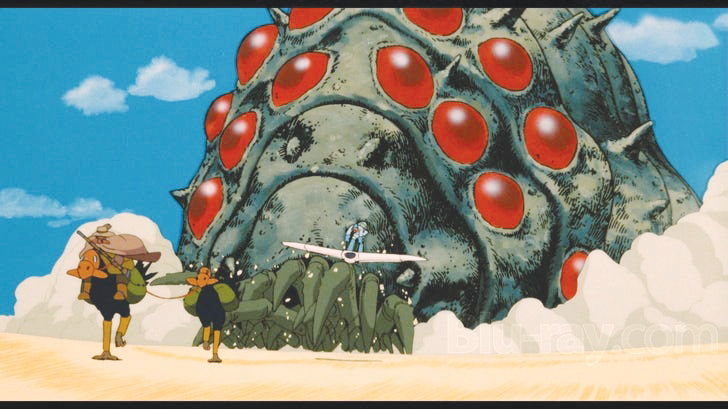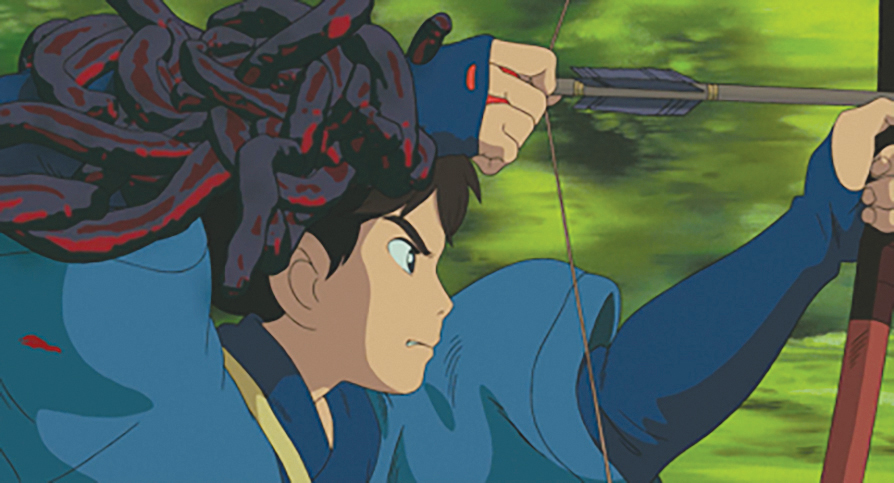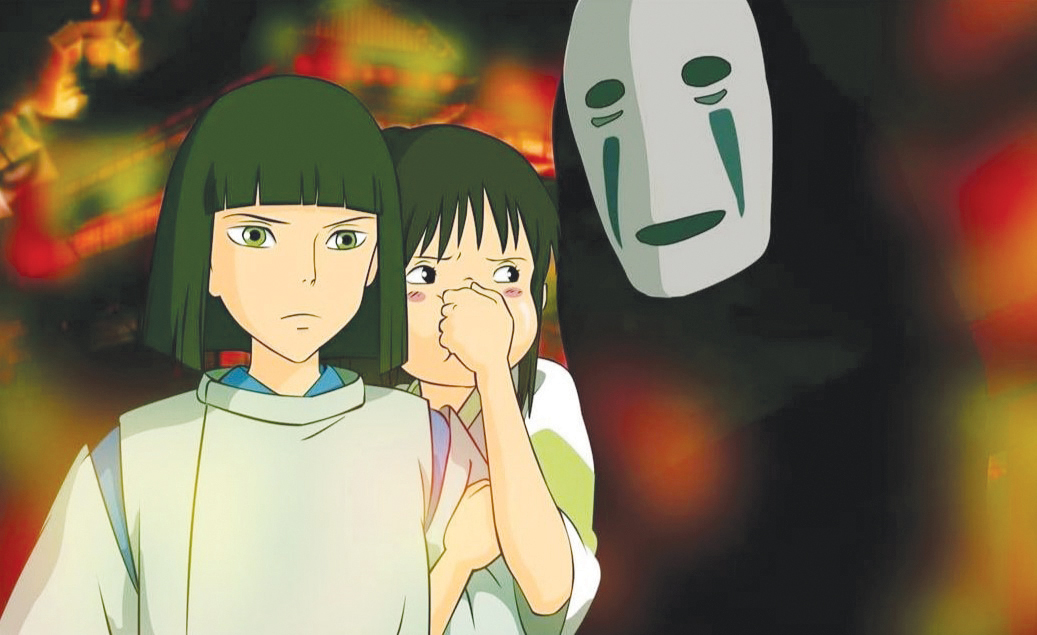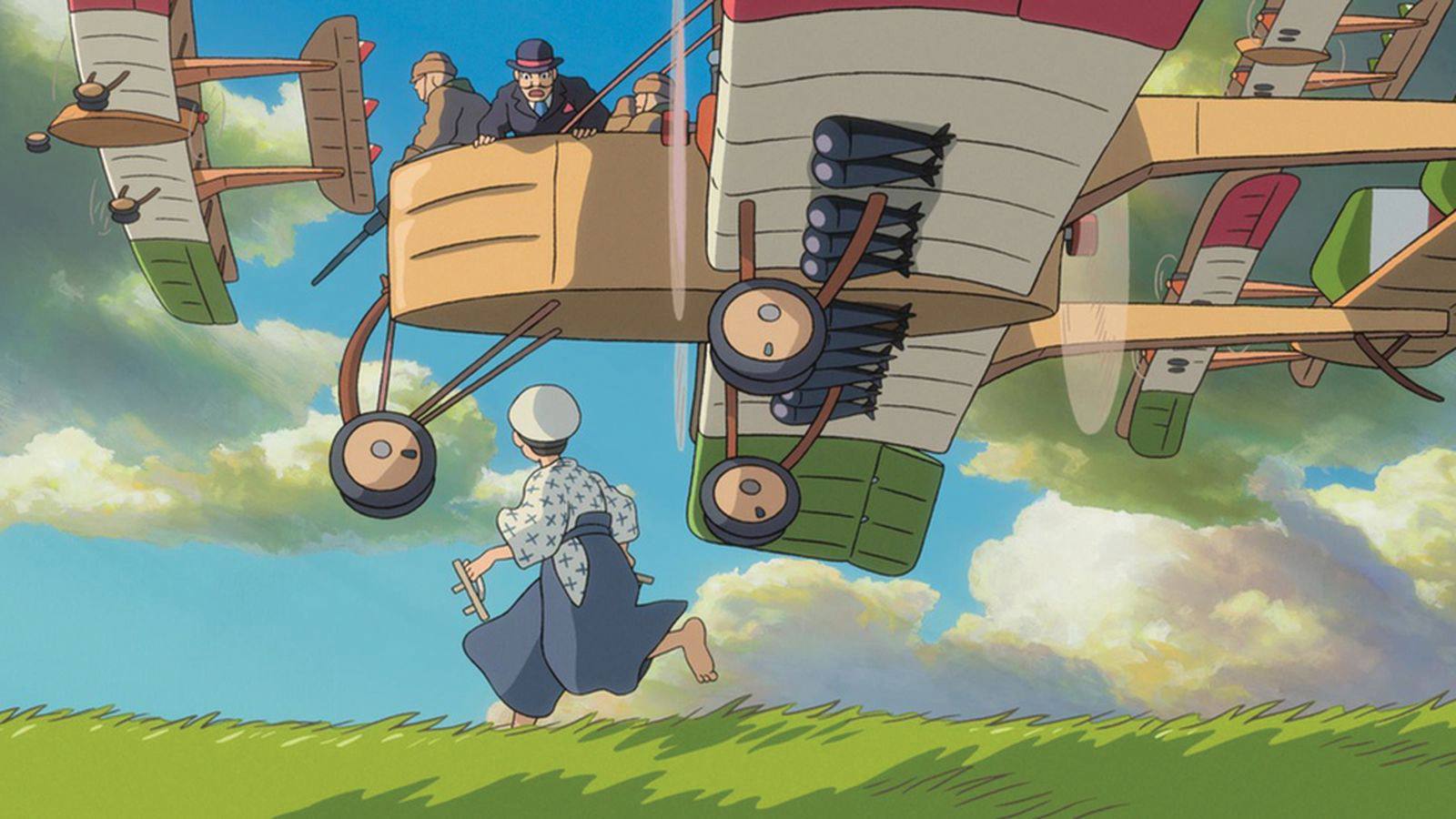Your guide to Hayao Miyazaki films
Before watching The Boy and the Heron, don't miss out on these animated classics
By Poch Eulalia
At A Glance
- Animators can only draw from their own experiences of pain, and shock, and emotions. — Hayao Miyazaki
Hayao Miyazaki, the brilliant mind behind Studio Ghibli, recently came out of retirement to create another monumental film, The Boy and the Heron. Already it received quite the accolade after being presented the best animated film award at the Golden Globes. Already viewers can catch it in theaters but for the uninitiated, here are some notable works by Miyazaki worth checking out beforehand.

The Castle of Cagliostro (1979)
In the early years of Miyazaki’s career, he found work animating for various animated series for television. Alongside Japanese director Isao Takahata, Miyazaki would work on countless projects bringing many anime classics to life. Among that list is the beloved anime series based on Monkey Punch’s manga of the same name, Lupin III (not to be confused with Netflix’s Lupin which shares a similar premise of following the heists of a gentleman thief). Lupin III’s popularity proved enough to garner it a full-length animated film in 1979, The Castle of Cagliostro, marking the first of Miyazaki’s filmography. You can expect plenty of laughter from Lupin III’s slapstick antics and a considerable amount of heist-themed action.

Nausicaä of the Valley of the Wind (1984)
After the success of The Castle of Cagliostro, Miyazaki and Takahata teamed up once again to bring one of Miyazaki’s manga series to life. Nausicaä of the Valley of the Wind takes a serious turn from Lupin III’s shenanigans, dealing with the aftermath of an apocalyptic war that destroyed civilization. Giant mutant insects reign supreme in the barren new world referred to as the Toxic Jungle. Meanwhile, Princess Nausicaä of the Valley of the Wind hopes to understand how the world ended up in its state, communicating with creatures of the jungle to learn more. But just as she uncovers more about how the war broke out, the military state Tolmekia makes its plans for destroying the Toxic Jungle. Though it may seem a heavy watch, dealing with topics like the devastation of war and the destruction of the environment, it’s a core theme that Miyazaki always incorporates in his films. It’s a necessary film to properly get into his work.

My Neighbor Totoro (1988)
If you’re looking for something for everyone to enjoy, look no further than My Neighbor Totoro. Much of this movie’s brilliance stems from its simple premise as it follows the tale of two sisters moving to the countryside to be closer to their sick mother. As they get used to their new home, they start to befriend the forest spirits residing nearby. Among them, Totoro stands out for being the big huggable fuzzy creature. His popularity among audiences landed him the official title of Studio Ghibli’s mascot. Fun fact, Lea Salonga lends her voice as the mother of the two sisters, voiced by Dakota and Elle Fanning, in Disney’s English dub of the film. Overall, it’s a wholesome adventure filled with cute visuals and a story that’s easy for all to follow.

Princess Mononoke (1997)
As mentioned earlier, Miyazaki is no stranger to dealing with themes revolving around war and the environment. In Princess Mononoke, we follow the story of a prince who ends up cursed after protecting his village from a demon. After being sent off to find a cure, he learns he must seek help from the Great Forest Spirit. Along the way, he encounters Princess Mononoke, a human girl raised by wolves. Together they try to find the Great Forest Spirit but find that other humans aim to kill it, deeming it to be for humanity’s greater good. Don’t let the blood-filled action sway you into thinking this is just mindless animated violence. In reality, it’s meant to show viewers just how devastating war can be and the ill effects that come with the continuing destruction of the environment through man-made inventions.

Spirited Away (2001)
When most people think of Hayao Miyazaki, Spirited Away comes to mind. That’s no surprise as it’s considerably one of his most well-known films, previously standing as the highest-grossing film in Japanese history before being overtaken by Demon Slayer: Mugen Train in 2020. It is also the only non-English language animated film to win an Academy Award. From the stunning visuals, memorable character designs, and captivating story, there’s just no denying this is Miyazaki’s best work. It centers around the tale of a young girl named Chihiro. After her parents take a detour into a mysterious place and get transformed into pigs, Chihiro must find her way around and turn them back to humans. She eventually finds herself working for a bathhouse meant for spirits, striking a deal with Yubaba, the witch in charge of it all. Lending her a helping hand is a mysterious spirit in the form of a boy named Haku.

Howl’s Moving Castle (2004)
After the US invasion of Iraq in 2003, Miyazaki felt compelled to make an anti-war film. Howl’s Moving Castle is the result of this, a film that Miyazaki lists as his personal favorite. Deservedly so, as its strong anti-war narrative gets its message across through its breathtaking visuals. Throughout the film, we follow a flower shop owner named Sophie who ends up cursed after crossing paths with a witch. She moves to the countryside in hopes of finding a cure, eventually encountering a moving castle owned by a wizard named Howl. At the same time, she finds herself entangled in Howl’s efforts of trying to stop an ongoing war.

The Wind Rises (2013)
Before Miyazaki came out of retirement, many thought The Wind Rises would be the finale of his filmography. What makes this film stand out is that it serves as a loose biopic of Japanese engineer Jiro Horikoshi. Horikoshi can be considered as Japan’s J. Robert Oppenheimer, a brilliant mind plagued by having to design tools of war. He is known for designing the Mitsubishi A6M Zero plane used for kamikaze operations. It comes off as rather personal, as his father was the owner of the company that helped provide parts for making the infamous plane. While slower than much of his previous works, it’s Miyazaki’s attention to detail and love for aviation that puts his heart into this film.